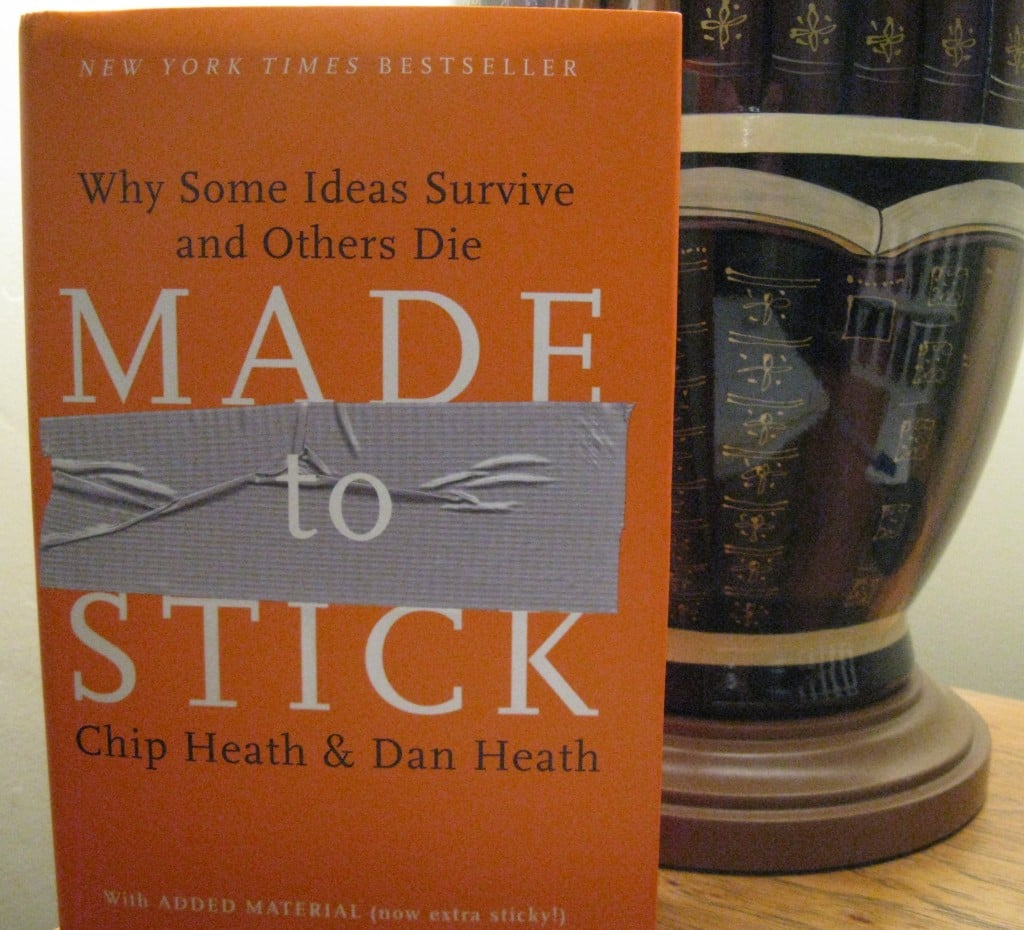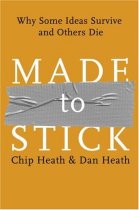

As he flipped through the books, he found most were loaded with scientific jargon and painfully boring.īut then he came across an astronomy book that started with a question: He gathered a pile of scientific books to search for inspiration. One afternoon, social psychologist Robert Cialdini went to the library to look for a compelling way to teach science lessons to his students at Arizona State University. The following three stories illustrate three methods for making your ideas stick. Sticky ideas are interesting, actionable, and memorable. Luckily authors Dan Heath and Chip Heath have found a way to counteract the curse of knowledge and get your ideas to stick. If you can’t communicate your ideas effectively, you waste time and effort developing your ideas. The curse of knowledge is the reason you spend hours developing an interesting presentation, but everyone you present it to seems bored and distracted. The curse of knowledge is the reason you can give a colleague straight-forward instructions, but those instructions seem confusing to that person. Few people have that same level of expertise.

The curse of knowledge is the reason brilliant scientists write papers few people can understand. This phenomenon makes our communication either confusing or boring.

Most of the time we communicate our ideas as if we are the audience, and we forget that the audience doesn’t share our knowledge. This is what psychologists call the curse of knowledge.

Only 1 in 40 students could guess the famous song the tapper was tapping.īut here’s the troubling thing: the tappers thought at least half of the listeners could guess the song they were tapping.īecause the tappers knew the song and had the song playing in their head, they expected more people to know what song they were trying to communicate. In 1990 psychologist Elizabeth Newton played this game with students at Stanford University. If you did that experiment with 10 friends, how many of those friends could guess the song? 1/10? 5/10? You start to tap out the rhythm to the Happy Birthday song: Da, da-da-da, da-da… You’re going to spend 10 seconds tapping out a famous song on the table, and they have to guess what the song is. Halfway through dinner, you tell your friend you want to try an experiment. Imagine this evening you meet a friend for dinner.


 0 kommentar(er)
0 kommentar(er)
